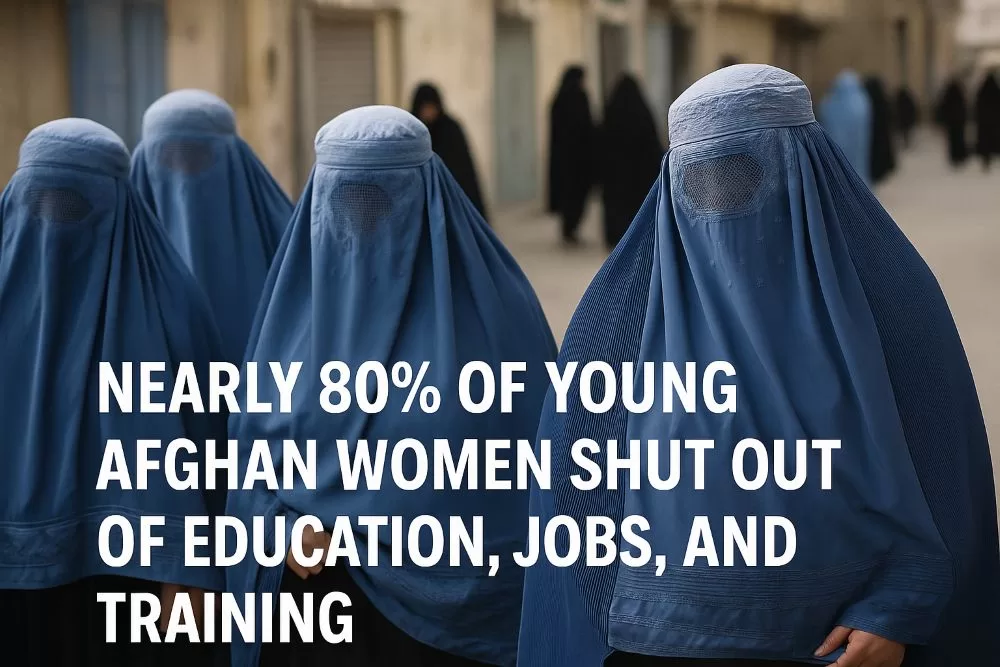
NEW YORK, June 17 (WSH) — Nearly four years after the Taliban regained control of Afghanistan in August 2021, a new report from UN Women paints a stark picture of gender inequality in the country, revealing that Afghan women are being systematically left behind.
The 2024 Afghanistan Gender Index, developed by UN Women with financial backing from the European Union, is the most detailed study to date on women’s empowerment and gender equality in post-2021 Afghanistan. The findings are sobering: Afghanistan now holds the second-widest gender gap globally, with a staggering 76% disparity between men and women in key areas including health, education, financial access, and decision-making.
Women in Afghanistan are currently achieving just 17% of their full potential to make choices and access opportunities—compared to the global average of 60.7%.
“Afghanistan’s greatest resource is its women and girls,” said UN Women Executive Director Sima Bahous. “Their potential remains untapped, yet their resilience is extraordinary. They are leading businesses, providing aid, and standing up for justice. We must support their fight for a future where their rights and aspirations are fully realized.”
Alarming Education and Employment Gaps
The report highlights that 78% of young Afghan women are not in education, employment, or training—nearly four times the rate for their male counterparts. Secondary school completion among girls is projected to fall to near zero, following Taliban-imposed bans on secondary and higher education for females, including medical training.
In the labor market, the gender gap remains vast: only 24% of women participate in the workforce compared to 89% of men. Those who do work are more likely to be engaged in home-based, low-paid, or insecure jobs. The burden of unpaid domestic labor also falls disproportionately on women—74% spend significant time on household chores, compared to just 3% of men.
Financial Exclusion and Political Erasure
The gender divide extends to financial inclusion, where men are nearly three times more likely to own a bank account or use mobile money services than women.
Despite sweeping restrictions on women’s public roles, the economic and humanitarian crises have driven more women to seek employment. The report notes that by 2022, the number of unemployed women actively seeking work had quadrupled, while the number of employed women had doubled compared to pre-2021 levels.
Yet, Afghan women remain completely excluded from political power. No women hold positions in the Taliban’s de facto Cabinet or in local offices—sharply limiting their ability to influence policies that affect their lives. Still, women continue to organize and advocate for inclusive governance, both nationally and locally.
A Tool for Accountability and Action
The Afghanistan Gender Index offers a crucial benchmark for assessing the evolving status of gender equality under Taliban rule. It is intended to guide efforts by national and international stakeholders working to address the deepening women’s rights crisis.
UN Women emphasized its continued commitment to working on the ground in Afghanistan to keep women and girls’ priorities at the center of the global response—and to ensure they can live with dignity and contribute meaningfully to the country’s future.




